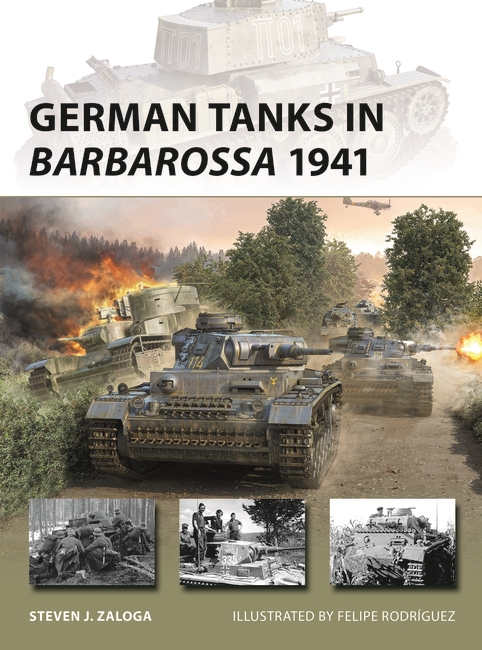
I approached this writing project with trepidation since it’s hard to say much new about Blitzkrieg-era Panzers. I didn’t want to do another “lawn-mower catalog” of tank types, armor thickness, gun penetration… I did have a lot of data from captured German army records located at the National Archives and Records Administration in College Park, MD that is not widely known. Also, their RG 242 collection has a nice selection of period photos that includes captions, in some cases providing dates and locations.
While preparing for the book, I saw a YouTube interview with David Stahel on WW2 TV. He discussed his argument that the German Barbarossa offensive was running out of steam by late summer. I immediately recalled that I had discovered similar findings some years ago while doing an Osprey Duel about the PzKpfw 38(t) during Barbarossa that showed the gradual attrition of German tanks during the summer campaign. This decline was in part due to combat attrition, but also due to mechanical breakdown. There is growing attention to this important but overlooked subject in recent years. See for example the WW2TV interview with P.M. Knight “Understanding British Tank development” that deals with the same issue in the desert campaign. So, this gave me a central theme for the book: examine the spectacular successes of Blitzkrieg in June 1941, but the gradual loss of momentum of the offensive in late summer. So I hope readers will find this an interesting perspective.
The book also contains Felipe Rodríguez’s superb artwork. Felipe has really set a new standard for contemporary armored vehicle illustrations. It has been a real pleasure working with him on these projects. It’s difficult to make Panzers of this period look interesting since their dark grey camouflage finish sucks all the life out of the subject. I tried to provide a balanced selection, so the mandatory PzKpfw III and PzKpfw IV, but I also threw in a few more exotic subjects including two Flammpanzers for variety.
The book also examines the other co-belligerent Axis armies including Romania, Slovakia, and Hungary. They were especially important in Ukraine, for example the siege of Odessa. So there is a thumbnail sketch of their participation and one page of color illustrations of their tanks.
You can find the book here.

Comments
You must be logged in to comment on this post. Click here to log in.
Submit your comment